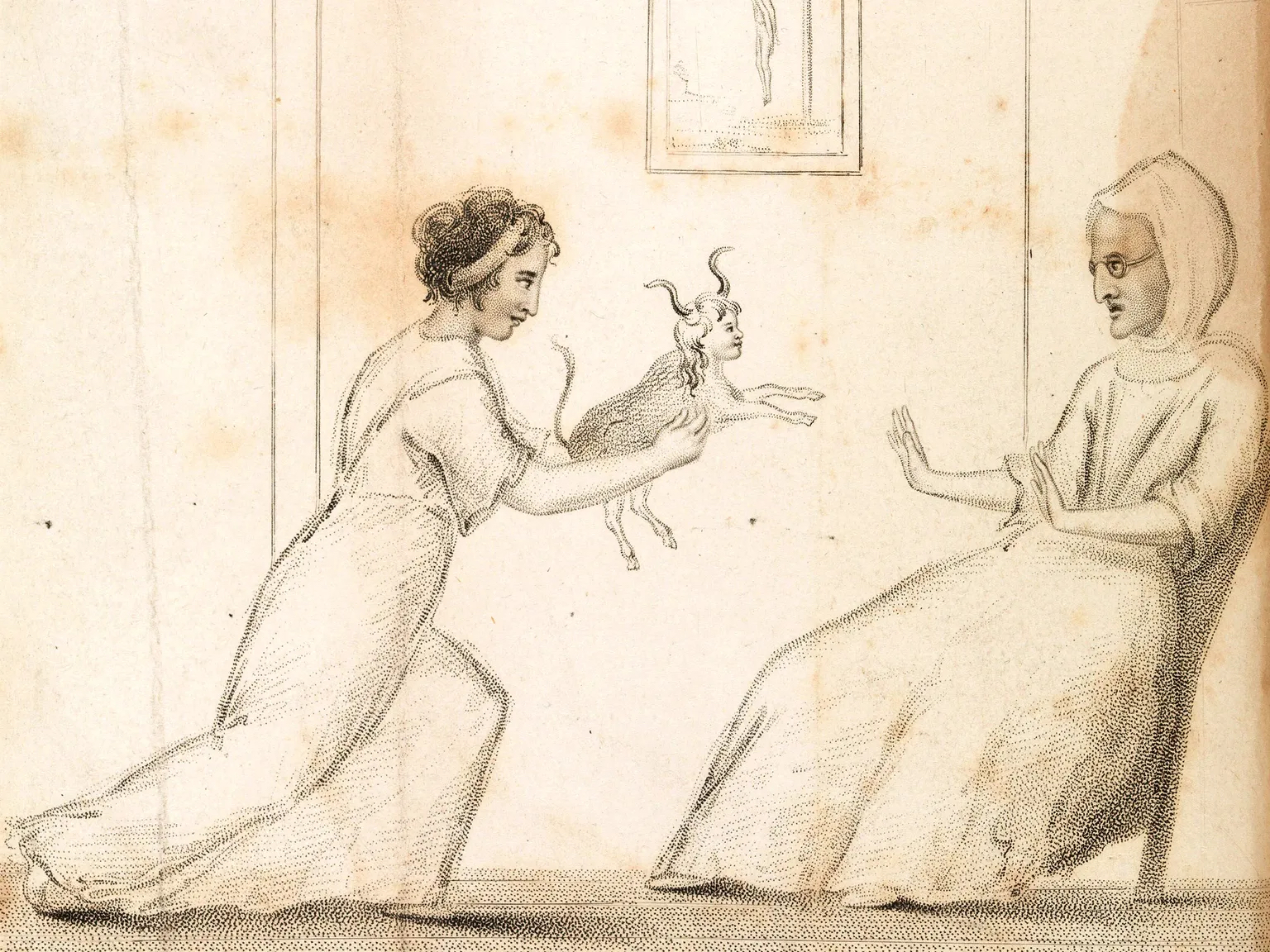Vaccine mandates have always faced resistance and saved lives

Health care professionals had high hopes that rapid vaccination of our entire U.S. population would slow COVID-19 transmission and stem the disproportionately high death count in the United States. We also hoped to avoid more concerning mutations that are inevitable when viruses multiply unchecked.
I lost my mother to COVID-19 in November of 2020, less than two months before the vaccine became available. Last spring, I checked in with my mother’s youngest brother in Oregon. He had questions about the new vaccines which had kept him from getting vaccinated. I tried to reassure him about the history, safety, and effectiveness of each of the vaccines. I described my own positive experience getting a two-shot vaccination as part of the early rollout to healthcare workers. However, he preferred to do some more investigating before committing to vaccination.
Despite impressive data on the safety and efficacy of COVID-19 vaccinations, only 63% of the U.S. population is fully vaccinated and a smaller percentage has been boosted. A year after the vaccine rollout we find ourselves in the midst of the highest COVID-19 transmission rates and hospitalization numbers since the start of the pandemic. Vaccine hesitancy rates are still as high as 25% in certain regions of the country.
This past September, I got a 6 a.m. call from Oregon and was numb as my uncle informed me that he and my aunt had contracted COVID and had just transferred to hospital beds from the Emergency Department.
He apologized for his muffled voice as he talked to me through a breathing machine and reported his oxygen saturation was just 45% when he arrived in the ED. He joked and asked if I might be willing to come to Oregon for a house call. My aunt was able to return home on oxygen after a few days in the hospital, but four days after that phone call my uncle was gone.
I wept when my aunt called me with the news.
Vaccine hesitancy is not new. It has been around for as long as there have been vaccines. It is born out of the most basic and rational thought one can have about life and health: “Do the benefits outweigh the risks? Will this vaccine help me or my loved ones survive?”
However, we know that decisions we make about our health aren’t purely rational. We smoke and drink too much. We eat too much and spend too much time idle, all the while knowing these decisions are at odds with good sense and our health.
We are easy prey to fear and emotional arguments that distract us from data, and smear the character or personality of vaccines as if they were persons to be debated or despised instead of a 225 year-old proven tool of survival.
The first vaccine was found through observation of a natural process. In the late 1700s in England where smallpox was the greatest cause of untimely death, Dr. Edward Jenner saw that milkmaids previously infected with cowpox were immune to smallpox.
Trading the discomfort of a mild illness and a few cowpox on an arm proved much safer than getting smallpox. Before that first vaccination existed, about a quarter of all children died before their first birthdays, many from infectious diseases that are now preventable. No country had a life expectancy of more than 40 years old. Since then, the average human lifespan has doubled, largely thanks to vaccines.
In 1796 as Jenner distributed his cowpox vaccination the rational question of improved survival was answered, but distractions from this answer had just begun. Some argued political and religious calamities would ensue; others proclaimed that half-cow babies would be the inevitable result. Amid all the loud angry distractions and emotional outrage expressed against smallpox vaccination, the reality was that it saved lives and kept infected people from easily causing new outbreaks.
We continue to live in such a world where emotion and fear distract our rational inclination to survive. A world where organizations and individuals without any medical, legal, or financial responsibility for outcomes use fear and emotion to detract millions from using an effective survival tool. Contagious diseases like the coronavirus don’t hesitate. They don’t care about the arguments that keep us from getting useful vaccines. They just keep looking for easy targets; hosts that can’t fight them. People who allow viruses to use their bodies to multiply and spread to the next person.
In 1812 the Swedish government (which also ruled Norway) mandated smallpox vaccination due to the overwhelming evidence of improved survival. Proof of vaccination was soon required for travel, passage on ships, and emigration to America. In 1832, my great-great-grandfather Ole S. Olson was vaccinated against smallpox at 6 months old thankfully preserving my lineage.
We can keep each other safe and survive this latest omicron variant, and the inevitable variants to follow if we take steps that we know work:
Social distancing and wearing masks in crowds decreases viral transmission by over 50%. Quarantine after exposure and isolation if you’ve gotten sick or test positive can break the cycle of rapid viral transmission.
Getting vaccinated with a booster can mean the difference between a mild illness versus a hospital stay or death. Over 8 billion COVID-19 vaccinations have been given worldwide with amazing safety and while not perfect they do help us survive.
Our hospitals are bursting with COVID-19 infections in people who have hesitated to get vaccinated.
Please don’t let distractions keep you and your loved ones from using or getting protection we know works to improve survival for everyone.

Dr. Randy Olson is an emergency care physician at Grand Itasca Clinic & Hospital and volunteer physician at Project Care Free Clinic in Grand Rapids, Minn.
Miss Clipping Out Stories to Save for Later?
Click the Purchase Story button below to order a print of this story. We will print it for you on matte photo paper to keep forever.

